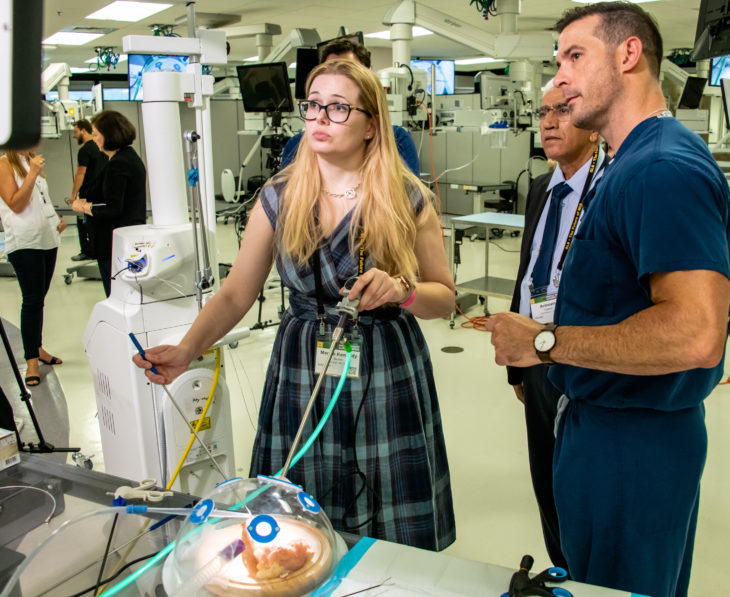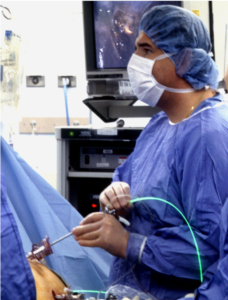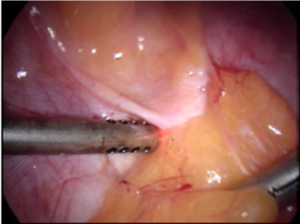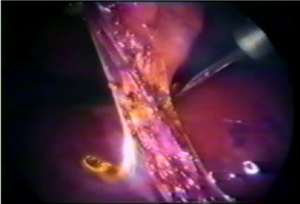With quality education and consistent standards, every hospital can ensure laser procedures safely produce the desired outcomes.
By Raymond J. Lanzafame, MD, MBA, FACS
Regardless of specialty, you have likely used or heard about the use of laser technology in surgery. Virtually every surgical procedure has been accomplished with laser techniques. However, adequate skills, training, and experience are required as a prerequisite in order to achieve good outcomes and operate safely. There are foreseeable problems surgeons must learn to recognize and address, and you also need to get appropriate credentialing within your facility. The process for initial and ongoing credentialing and training varies from hospital to hospital.
To help physicians get the training they need, I would like to discuss the basic requirements for laser credentialing across institutions and specialties, for both residents and well-established surgeons. Education must be ongoing, specialty specific, and wavelength specific. Refresher programs should be readily available. Residents need a wealth of safety information, a practical hands-on introduction, and a springboard for “on-the-case” training. Both residency and CME credentialing programs can benefit from these key features to meet all these needs:
• Laser basics – Every clinician using a laser should have a complete working understanding of laser physics, the individual technologies, delivery systems, principles of laser use, tissue effects, safety, and applicable standards and regulations before attempting to use a laser on patients. To be credentialed, the physician must have been trained to use lasers in a recognized and approved residency program or must have obtained training through an appropriate CME course.
• Hands-on experience – Clinicians gain a working understanding of the limits and advantages of lasers in their own hands through hands-on training. They learn to select the proper wavelength, delivery system, and laser parameters to achieve the desired outcome. It also helps if clinicians practice working with assistants experienced in laser surgery before attempting a major procedure for the first time. It’s always best practice to not try the worst of the worst patients first. Often, we clinicians jump in too quickly because we see or hear about what other surgeons can do. The specific attributes of the technology and properties of the laser-tissue interaction can help make a proficient surgeon better. The more you use a laser, the easier it is to understand its strengths and limitations in your own hands.
• Specific training – Surgeons need specialty-specific workshops or appropriate residency training to use or operate a laser safely. This training is not one size fits all. Rather, it is wavelength specific, since different wavelengths and technologies require specific techniques for safe use and optimal outcomes. In addition, surgeons may need specific training in individual procedures. For some specialties, such as otolaryngology, surgeons are usually certified for several wavelengths and techniques during residency. This is not true in other specialties. A gynecologist, for example, may be residency-trained to perform laser laparoscopic hysterectomy but may still need to seek additional CME training post-residency for credentialing in the latest CO2 fiber laser treatment for excision of endometriosis.
• Verification – It is an increasingly commonplace requirement that newly credentialed clinicians must be observed using a laser in the OR to verify their competency. In addition, residents should be supervised at all times by a laser-certified attending physician during laser surgery. These practices are similar to the requirements for surgical privileges and competency assessments in general.
• Ongoing requirements – Clinicians need to be reviewed annually for safe use of a laser in order to maintain credentialing, with special attention given during biannual renewal of clinical privileges. Clinicians should also demonstrate that they are performing the laser procedures frequently enough to be considered in good practice. For example, a clinician might be required to document performing at least five procedures over the previous two-year period to maintain privileges. Such practices help to demonstrate current competence.
Once clinicians fulfill their part of the credentialing process, it falls to administrators to guide and enforce the program through a series of checks and balances. Credentials must be verified before every surgery. A laser committee needs to provide oversight of hospital credentialing, while quality assurance monitors track outcomes. Everyone at the hospital is subject to state regulation, published standards and guidelines (ANSI, JCAHO, AORN, etc.), and peer review. In the end, surgeons’ quality education and the facility’s systematic oversight ensure that patients get safe, reliably effective laser surgery when it is the appropriate choice., It is best to reach out to a medical laser manufacturer like Lumenis to start or advance your training and to take the necessary steps toward becoming credentialed at your institution.
The content presented on this page is provided for informational and/or educational purposes. This material represents the views and opinions of its authors and should not be construed as representing or reflecting the official position, views or opinions of the Society of Laparoendoscopic Surgeons. The authors of the work are solely responsible for its content.






